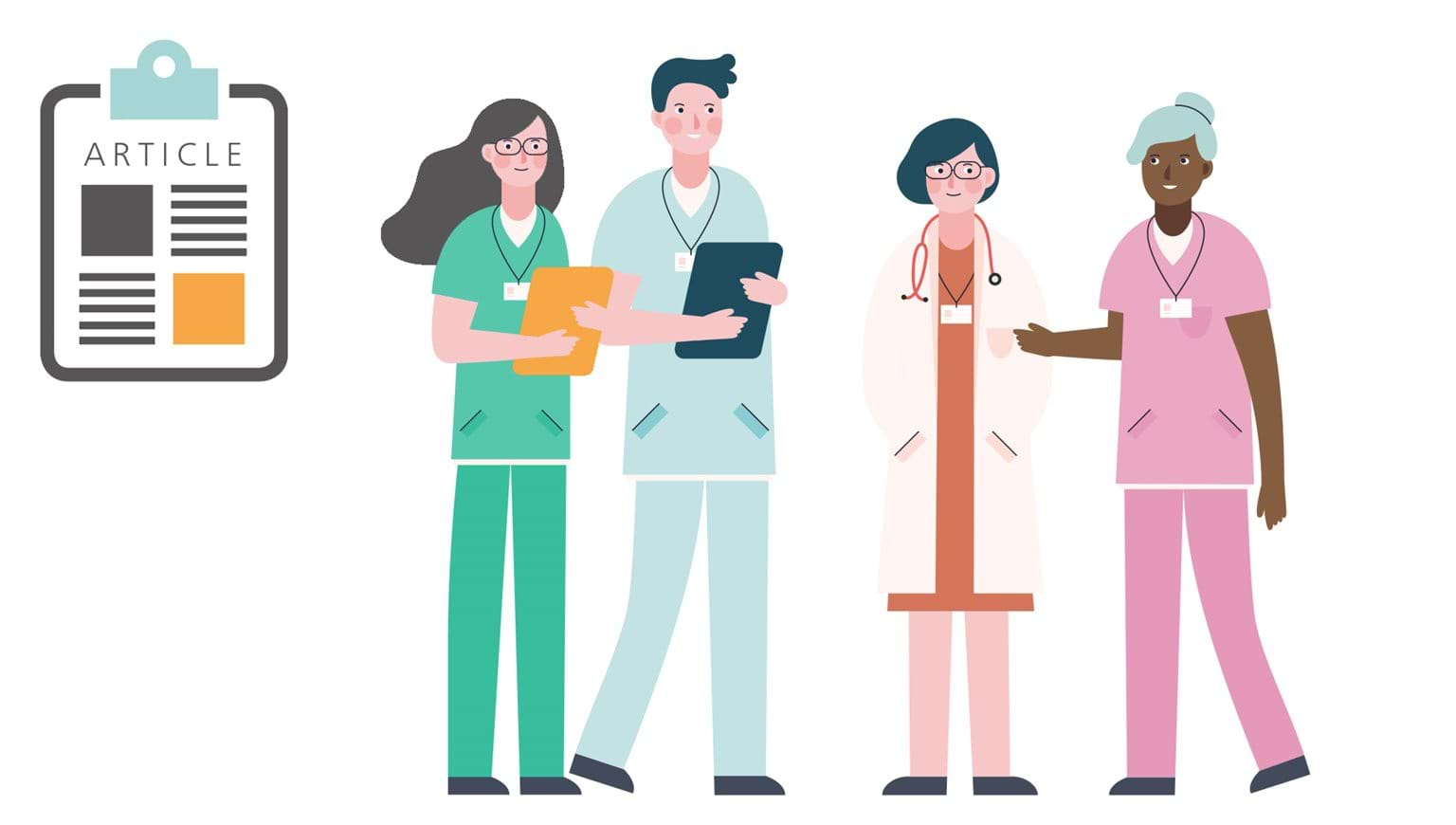News
Nursing in the Post-Covid World: Has Everything Changed?
18 August 2021
Nurses make up more than 50% of the healthcare workforce worldwide. They are on the front line working long shifts, caring for patients and families in hospitals and community settings.

A recent USA poll voted nursing as the “most trusted profession,” a title held for 19 years in a row.1 In 2019, the World Health Organization (WHO) announced that 2020 would be the “Year of the Nurse and Midwife”, planning lots of activities to celebrate and support nurses throughout the year. But the festivity didn’t work out quite like it was planned. In the middle of all the celebrating, COVID-19 brought the jubilation to a screeching halt. And, amidst all the struggles of the past few years of the growing shortage of nurses at the bedside, there is one common theme: nurses are tired, they are burned out, and they are hanging on by a thread.
The data related to nursing and the COVID-19 pandemic is staggering. The International Council of Nurses’ (ICN) latest analysis shows that the number of nurses who have died after contracting COVID-19 is at least 3000. The figure, which includes nurses from only 60 of the world’s 195 countries, “is known to be an underestimate of the true numbers of deaths.”2 Adding to the number of lost lives, the ICN says that “20% of its National Nurses Associations (NNAs) reported an increased rate of nurses leaving the profession in 2020. Some 90% of the NNAs are somewhat or extremely concerned that heavy workloads, insufficient resourcing, burnout, and stress related to the pandemic response are among the drivers.”2 In a press release, Howard Catton, the Executive Director of the ICN stated “The COVID Effect on the global nursing workforce, coupled with the current shortage of six million nurses and a further four million heading for retirement by 2030, could see the global nursing workforce of 27 million nurses being depleted by ten million, or even halved… The ICN refers to the COVID-19 Effect as a form of mass trauma affecting the world’s nurses.”2
Nurses will always be needed at the bedside. The real value of nursing has been tested and proven over the past 17 months. But where will the nurses come from? Are there strategies in place to meet the global demands of patient care?
In June 2020, the WHO convened a health assembly of nursing leaders from around the world to draft “global strategic directions for nursing and midwifery 2021-2025”.3 This strategy includes recommendations in four areas:
- “Strengthening education capacity and quality: Educate enough nurses and midwives with the requisite knowledge, competencies and attitudes to fully meet health system needs and address current and future population health priorities.
- Creating jobs: Increase access to health services by sustainably creating nursing and midwifery jobs, effectively recruiting, and retaining midwives and nurses where they are needed most, and ethically managing international mobility and migration.
- Building leadership capacity: Establish and strengthen national senior leadership roles for nurses and midwives and foster future generations of nursing and midwifery policymakers.
- Optimizing practice: Maximize the contributions of nurses and midwives in service delivery environments by ensuring that practice regulations are up to date and that workplaces provide decent work, including optimal practice environments and conditions, equitable pay, labour protection and rights, and the prevention of violence and all forms of harassment.”3
In closing comments, the health assembly document states a perfect summary to where we must go over the next few years to protect all healthcare workers: “… in order to manage the pandemic, maintain health services, improve health workforce readiness, education, and learning, and roll out COVID-19 vaccination equitably, the world must protect and invest in health and care workers.”3
Limbs & Things would like to take a moment and say thank you to all nurses and other healthcare providers around the world who continue to care for patients and their families through these unprecedented times. And, although our reach is small in the big picture, we will be there to provide safe training options to build confidence and competence in the workforce of tomorrow.
References:
1. Johns Hopkins Nursing
2. ICN Nursing Data
3. WHO Health Workforce: Global Strategic Directions for Nursing and Midwifery


